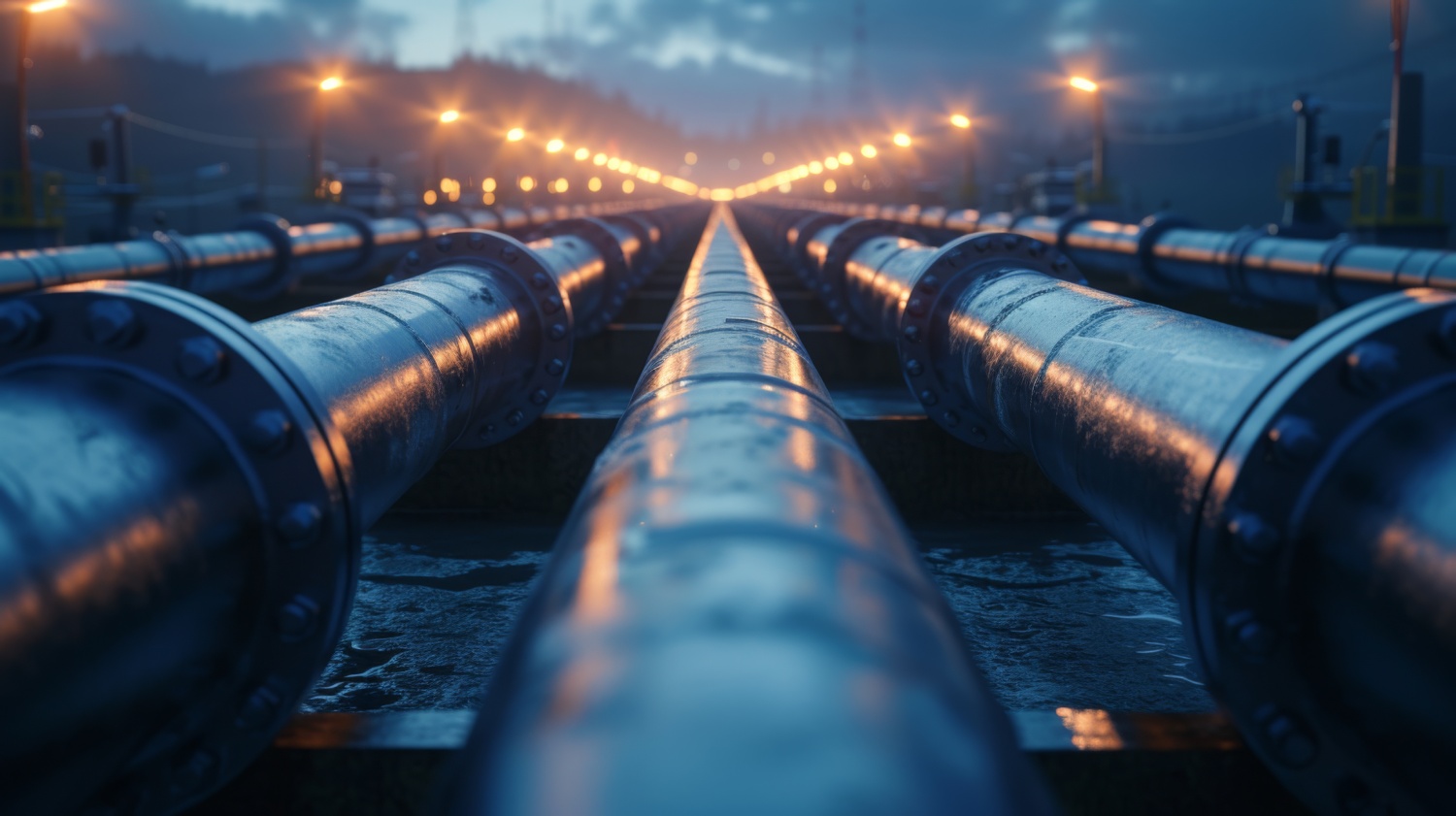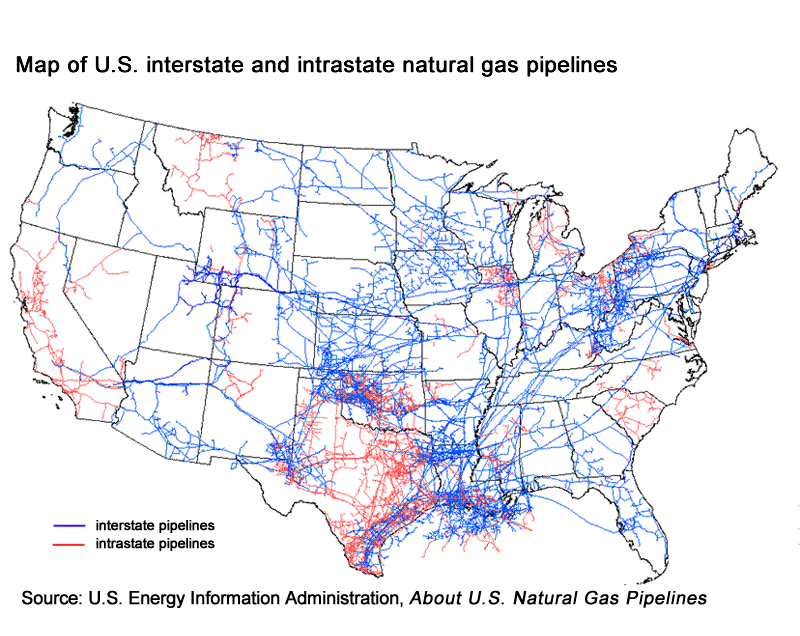
Conventional wisdom today says the midstream industry represents a poor career choice because it is dirty, uses low technology, and will disappear along with oil and gas in the United States’ energy future. However, this narrative must be challenged. It is uninformed and false, and it degrades the midstream industry’s ability to attract qualified people, which will have a long-term damaging impact on energy availability, safety, and cost in the U.S.

Trillions of cubic feet of natural gas and hundreds of billions of ton-miles of liquid petroleum products are safely delivered through more than 2.6 million miles of pipelines each year in the U.S., according to the Pipeline and Hazardous Materials Safety Administration (PHMSA) (PHMSA, 2018). To meet domestic energy requirements, midstream pipeline and product processing systems must operate continuously every day of the year. Modern society, economic growth, and the American standard of living are not possible without this energy transportation system and the professionals who manage and operate it. Consider the following facts:
- Midstream capital expenditures in the U.S. were approximately $40 billion in 2023 (S&P Global Ratings, 2024).
- The market capitalization of the top 48 public midstream companies in the U.S. is approximately $609 billion, representing $441 billion of revenue and $55 billion of profit (Stockanalysis.com, 2024).
- The midstream industry employs approximately 350,000 in North America, and steady growth is forecast through 2035, with estimated employment forecast to be 381,000 (Let’s Clear the Air, n.d.).
- The starting salary for an entry-level engineer in the midstream industry is approximately $90,000 to $105,000, with a 5% to 10% bonus. After 10 years on the job, it is approximately $160,000 to $250,000, with a 20% to 30% bonus (Unnamed public midstream company, 2024).
- According to PHMSA, pipelines are the safest way to transport fuels in bulk (PHMSA, 2018). In the U.S., 3,000 pipeline spills were reported in the last decade (Millerman and Richardson, 2020) out of 4,084 total spills1 from pipelines and rail from 2012 to 2022 (Shah, 2023). While 73% of spills were from pipelines, it is notable that in 2017, 7.3 billion barrels of crude were transported, of which only 140 million barrels of that crude (1.9%) were transported by rail (i.e., 27% of spills came from transporting less than 2% of total volume via rail (Shah, 2023).
- To survive and prosper, midstream operators must develop and use new technologies to drive safety and efficiency to profit in an environmentally sound manner and meet rigorous and increasing government regulatory requirements.
- Significant elements of energy transition, including carbon dioxide, green ammonia, and hydrogen, are only made possible by midstream industry know-how, assets, and commitment.
- Nearly half of the U.S.’s pipelines are over 50 years old and need significant capital for maintenance or replacement (Millerman and Richardson, 2020).
- Increased natural gas production in regions such as the Bakken shale in North Dakota, Eagle Ford and Permian shales in Texas, Haynesville shale in Texas and Louisiana, Marcellus shale in Pennsylvania, and Utica shale in Pennsylvania and Ohio require growth in pipeline systems and substantial capital investment. More than $150 billion in midstream investment will be needed over the next decade to transport natural gas from shale basins to end-users. If permitted liquified natural gas (LNG) facilities on the U.S. Gulf Coast are also considered, substantially more investment will be needed for pipelines to feed LNG exports. Over the coming two decades, nearly $800 billion of capital investment is expected to be needed with $50 billion per year spent currently (Millerman and Richardson, 2020).
- The Inflation Reduction Act of 2022 funded approximately $390 billion for energy and climate change projects, including carbon capture, renewable natural gas, ammonia, and hydrogen (Mckinsey, October 2022).
- Technological innovations in monitoring, automation, and safety technologies are improving operational efficiencies and safety. The midstream industry continues to embrace digital technologies like the Internet of Things (IoT), Artificial Intelligence (AI), and data analytics to improve asset management and enhance safety (Deloitte, October 2018).
- The U.S. Energy Information Administration forecasts, based on forecast population growth and current government policies, fossil fuels will comprise 70% of the world’s primary energy sources in 2050, down from 79% in 2022. Hydrocarbon liquids consumption (and transportation) is expected to rise 22%, and natural gas consumption is expected to rise 29% by 2050 (Institute for Energy Research, 2023). The midstream industry will be busy managing its existing fossil fuel transportation assets in the coming decades on top of building more infrastructure to handle carbon sequestration and expected developments in hydrogen fuel usage.
 The 2023 and 2024 issues of Lamar University’s Center for Midstream Management & Science’s “The Top Ten Issues Facing the Midstream Industry,” forced ranked by importance, indicate finding and hiring young people of diverse disciplines is by far the number one issue facing midstream.
The 2023 and 2024 issues of Lamar University’s Center for Midstream Management & Science’s “The Top Ten Issues Facing the Midstream Industry,” forced ranked by importance, indicate finding and hiring young people of diverse disciplines is by far the number one issue facing midstream.
The facts make it clear the midstream industry represents an industry that continues to grow and attract substantial investment capital, and it is at the forefront of engineering and technological innovation to meet the U.S.’s energy needs. This industry will help the U.S. achieve energy transition goals while meeting environmental concerns, and it will continue to do so for generations to come. The midstream industry does, in fact, offer outstanding career choices to the U.S.’s youth.
This essay is the first essay of a planned series from Lamar University’s Center for Midstream Management & Science exploring issues and conventional wisdom impacting the midstream industry in the U.S.
Let’s Clear the Air has received permission to publish this article on behalf of Thomas J. Kalb.
1 The 10-year total of 4,084 spills was estimated by proportionally reducing 4,901 spills for the 12 years from 2010 to 2022 to estimate the 10-year period from 2012 to 2022 total spills. Shipping by tanker truck was ignored in this discussion (Shah, 2023).
Share This
